<Back to News Home |
This is the season of new product launches in anticipation of the industry’s two big trade shows, Eurobike and Interbike. The summer sees a slew of press releases touting all manner of bicycles and gear. Maybe you have noticed a few bikes that have been introduced lately with 650B tires and wheels. Well, here at RidingGravel.com we’ve been curious for some time about this wheel choice and as you know, we’re in the midst of testing out a set on a couple bicycles here. The last post in our review was centered around the Horizon 47 tire, which you can see here. Now it is time to get caught up with the testing since our last update.
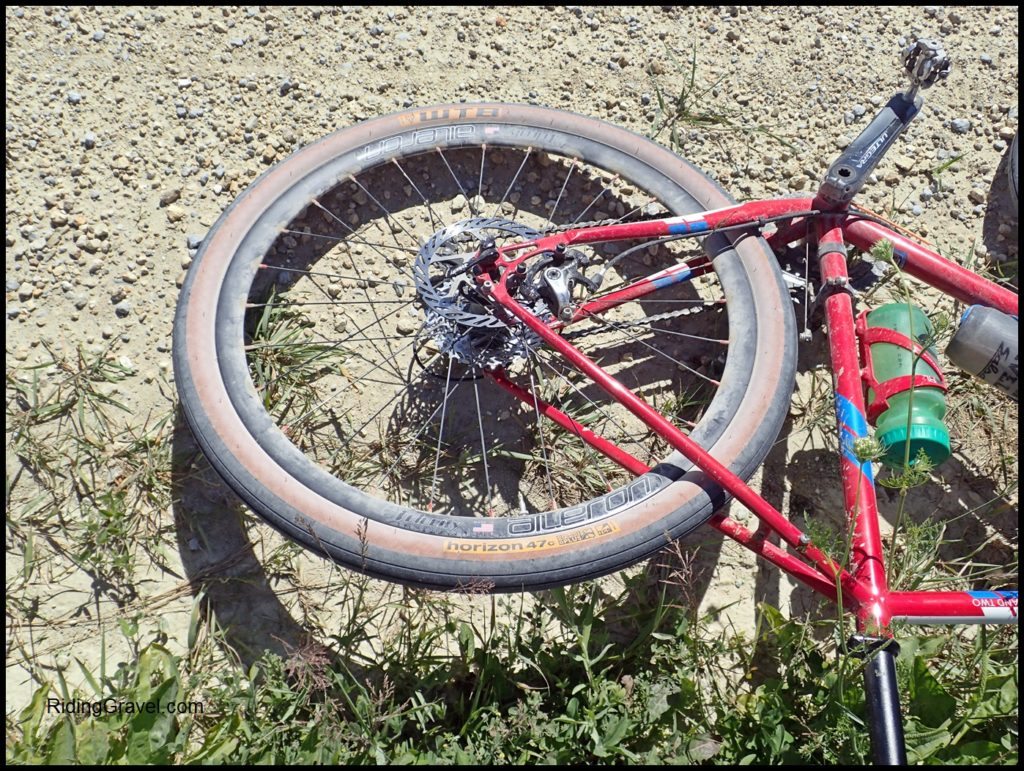
Why 650B?
The concept of 650B wheels and tires may be a good option for riders who want to swap out wheel sets on their gravel going bikes to gain advantages over certain courses. This post should help you see where this tester found some worthwhile characteristics to consider. There also may be some characteristics that are a negative to this wheel size. More on this subject in general, with technical information, can be found in our “Wheel Comparison” post. Now let’s dig in…..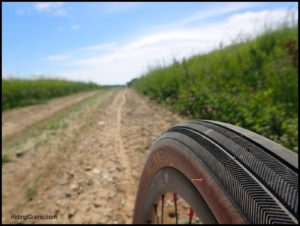
The Concept of Flotation
The concept of flotation in regards to tires is a well known concept amongst fat bikers. Maybe not so much for those of you coming from a road bike background though. The main thing to consider here is how a fat tire at low pressure can work to help keep a tire on top of the terrain. Skinnier, higher pressure tires tend to “cut into” a softer surface. Kind of like a pizza cutter, if you will. A fatter tire can have the effect of “floating” over the top of softer terrain. This can benefit a rider with less workload, not to mention the ability to traverse softer sections that skinny tires can not.
The Horizon tire, with its voluminous casing, has these flotation characteristic to a degree. I felt this in soft sand, mud, and softer silty dirt. Now, don’t think this will be something that would pull you through a muck filled minimum maintenance road! Dirt still can stick to this tire, and there is almost no tread to pull you through a deep, loose section, but the Horizon tire could help in some instances. Places where the county maintenance crew have recently paid a visit, for instance. Deeper, loose gravel is where I feel this tire does a better job at getting you down the road than other, conventional 700c based, tires can. That is, if you manage to get the air pressures right, then the Horizon 47 comes into its own.
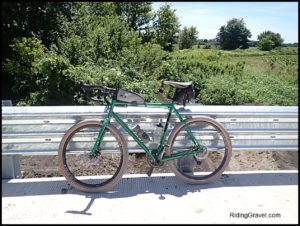
Air Pressure: Much like the tires used in “plus bikes” for off road riding, air pressure with the Horizon 47 is a critical feature to “get right”. WTB warns against any pressures for the Horizon outside of their 35psi to 55psi recommendations, but I have found even 35psi is maybe too high. Obviously, WTB isn’t going to condone what I have done, but to my way of thinking, the volume of the Horizon is almost that of a mountain bike tire, and it would seem that similar pressures should be applied in this case. Besides, if we don’t test the limits, we are not doing our job here! So, with that said, here are my experiences at different pressures:
- 30psi rear/27psi front: This is where I started out, and it was very good until I hit some deeper gravel where I felt the Horizon was dancing around, especially in the back, more than a wider tire should.
- 24psi rear/ 22psi front: Well, let’s test the crazy depths of air pressures, shall we? That was my thought going into this ride. However; the rear setting was just too low. It wasn’t that it felt draggy, or created high rolling resistance, but it was squirrely. It felt too low like a tire going flat. I ended up with 27psi in the rear for most of the ride. This totally eliminated the dancing around in loose gravel issues.
- 30.1psi rear/ 27.4psi front: Back to where I started. The Horizon tires have broken in by this time and the casing is working much better to absorb all the little gravel demons out there. So, this has become the go-to setting for now. Fast on pavement, ultra-smooth ride quality, and is still fast on gravel without drifting and skating around in the marbles.
My thoughts here are that a tire pressure setting which falls within the recommended range WTB sets is going to be too rough and skittish on gravel here. That said, I am going to try that out before this test concludes. There is also the concern here that by using these low air pressures that the tire casing is going to get worked too much. This may cause the tires to have a shorter life span than they would otherwise. That is something to consider. However; when I ride these tires at the pressures I have found to be really smooth, fast, and stable, it is hard to give that up. Hard to give up for pressures that won’t void the warranty or make the tires potentially last longer. The higher pressure settings will be reported on in my final verdict which we dub “At The Finish”.
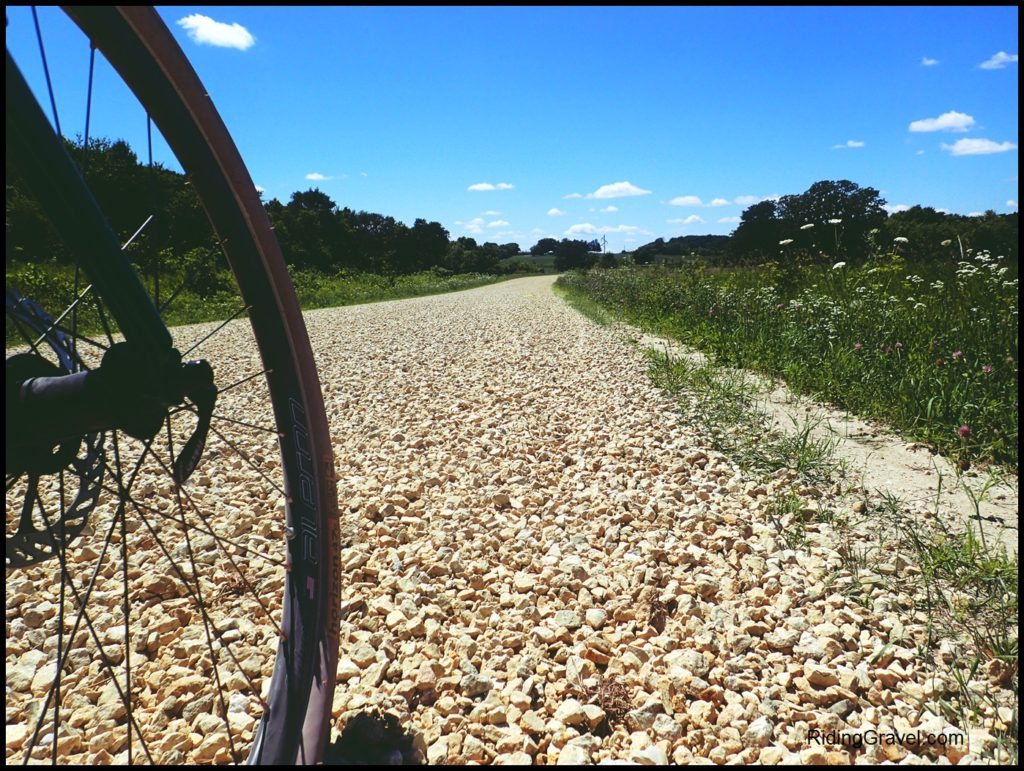
Thoughts On 650B So Far…..
This is an interesting wheel size. The concept of the switch is best illustrated for me by swapping the wheels in to the Twin Six Standard Rando. This bike is best when it only has a 38mm or skinnier 700c tire in it due to clearance concerns. That is a bit of a limitation on the wider end of the tire range than many would like to see. However; with a switch to these 650B Velocity wheels, I now can run a voluminous, wide, tubeless tire at lower pressures. This gives the T-6 Standard Rando a wider range in terms of versatility than I can get with using only 700c based wheels.
The wheels do spin up fast, are stiff laterally, and ride well. However; they also do not carry momentum as long, they don’t handle really rough terrain as smoothly as a full on 29″er, and have a limited tire choices for gravel riding currently compared with 700c based wheels. I do really like the Velocity Aileron rims here with this tire. In my opinion, the Aileron’s width keeps the width of the Horizon right where it needs to be to make it a versatile choice to swap into a gravel bike. A wider internal width might start to decrease that versatility in terms of fitment to many frames and forks. The tubeless performance of the Aileron/Horizon pairing has been flawless, even at the ridiculously low pressures I have run with these wheels. The rear Mountain Hub from Velocity also has been absolutely trouble free.
Finally, there are those who will toss this idea aside as more marketing driven fluff that isn’t worth considering as a good choice for gravel riding. In my opinion, those folks are making a mistake in judgment. There is something to this concept. The wheel size has definite good characteristics for gravel and back road riding that are worth serious consideration. Perhaps these riders will miss the benefits due to poor marketing. That I can understand. In my opinion, many companies are showing bikes with these wheels and big, knobby mtb tires, and that is a misguided choice. This totally misses the point of the potential benefits to gravel road and back road riding of a smoother tire like the Horizon 47. If you want a mountain bike with 650B tires, there are many, better choices already in existence.
Look for the final installment coming in a few weeks.
Note: The component parts of these wheels were sent to Riding Gravel by the various brands/manufacturers for test/review at no charge. We are not being bribed, nor paid, for this review and we will strive to give our honest thoughts and opinions throughout.



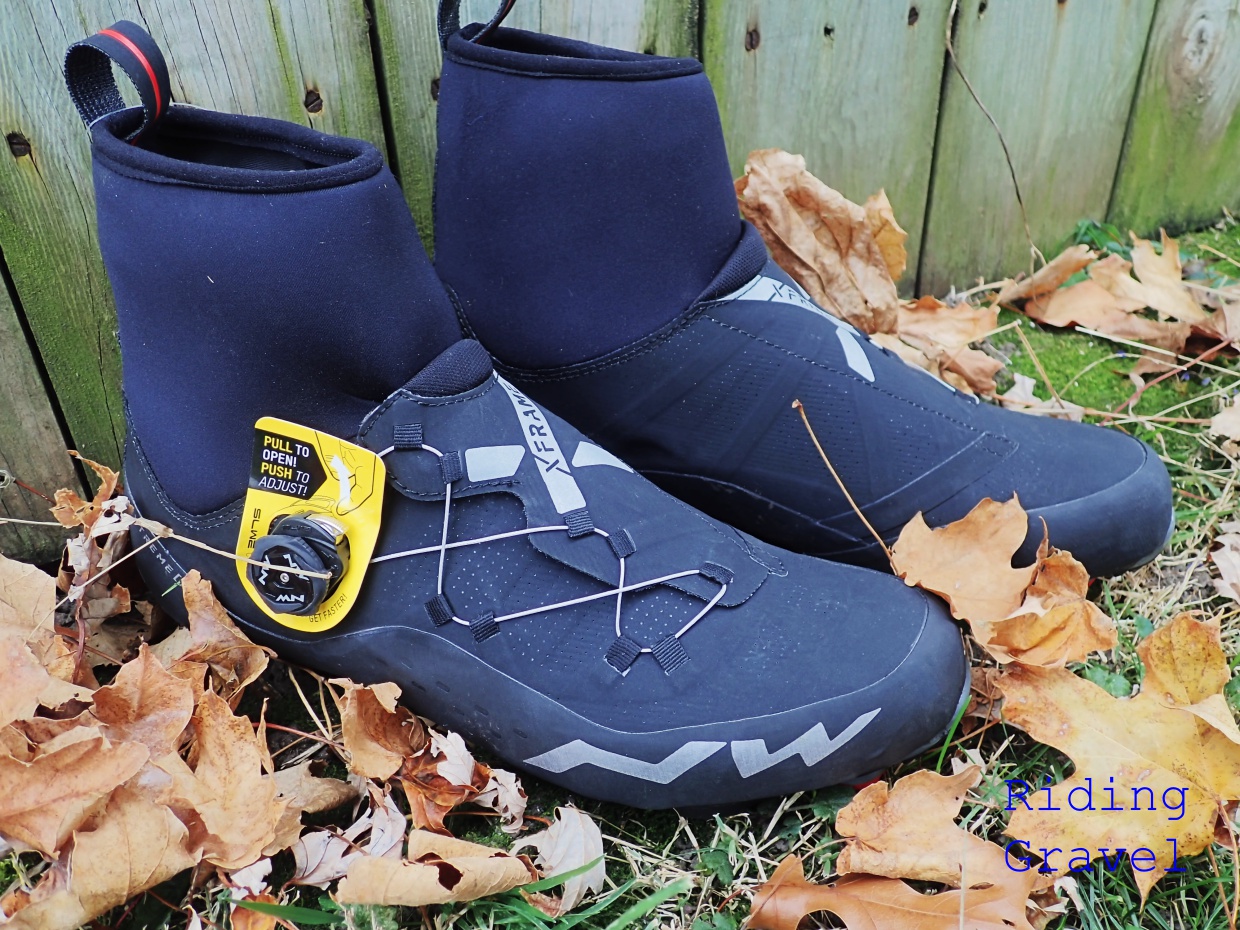
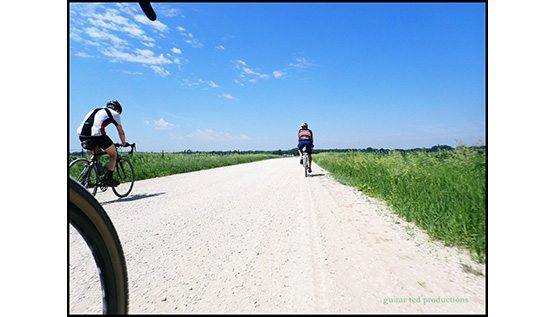
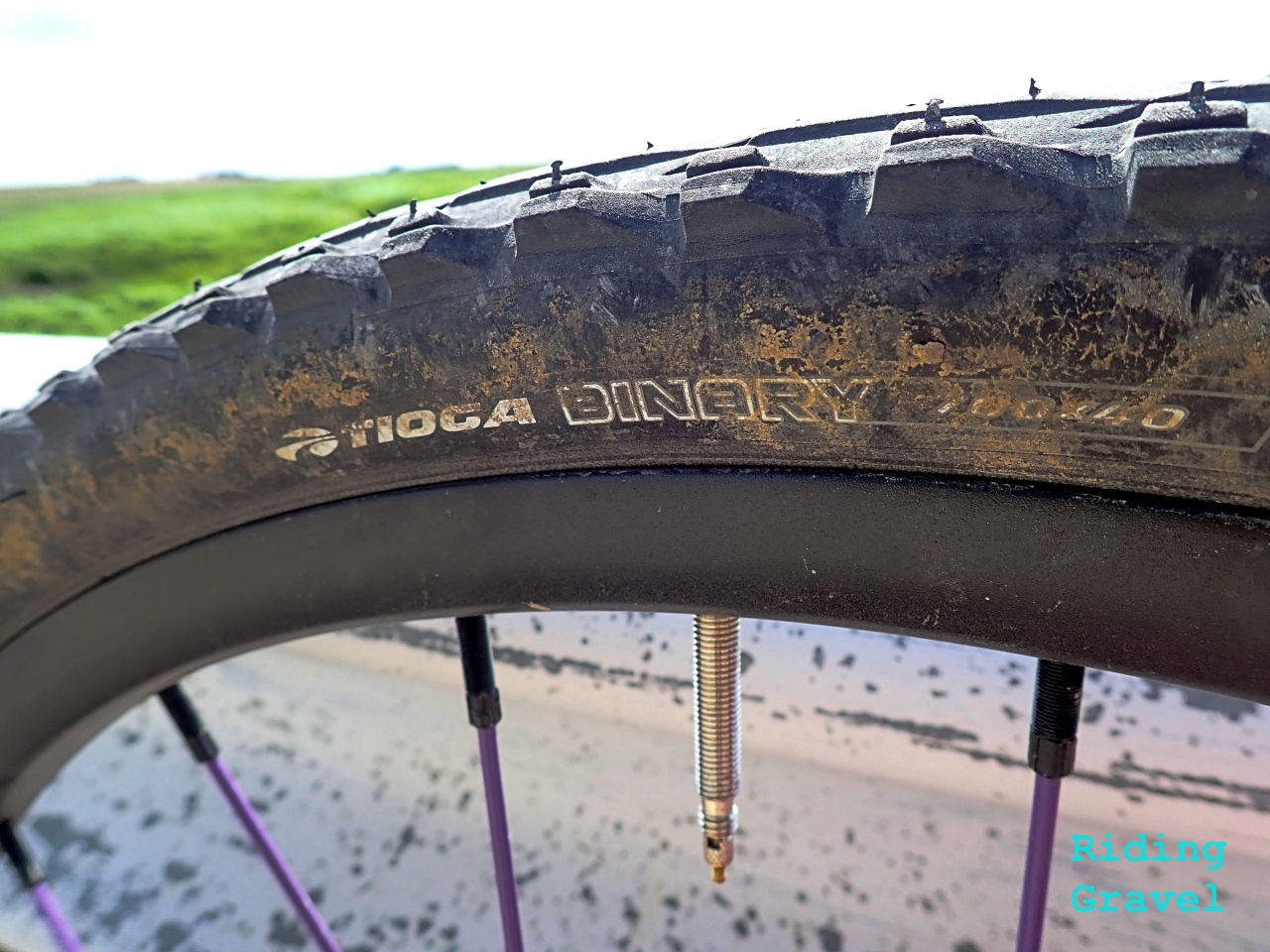


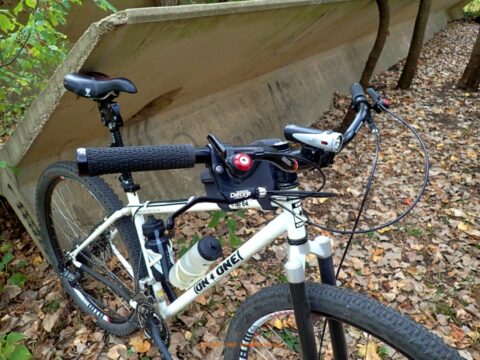
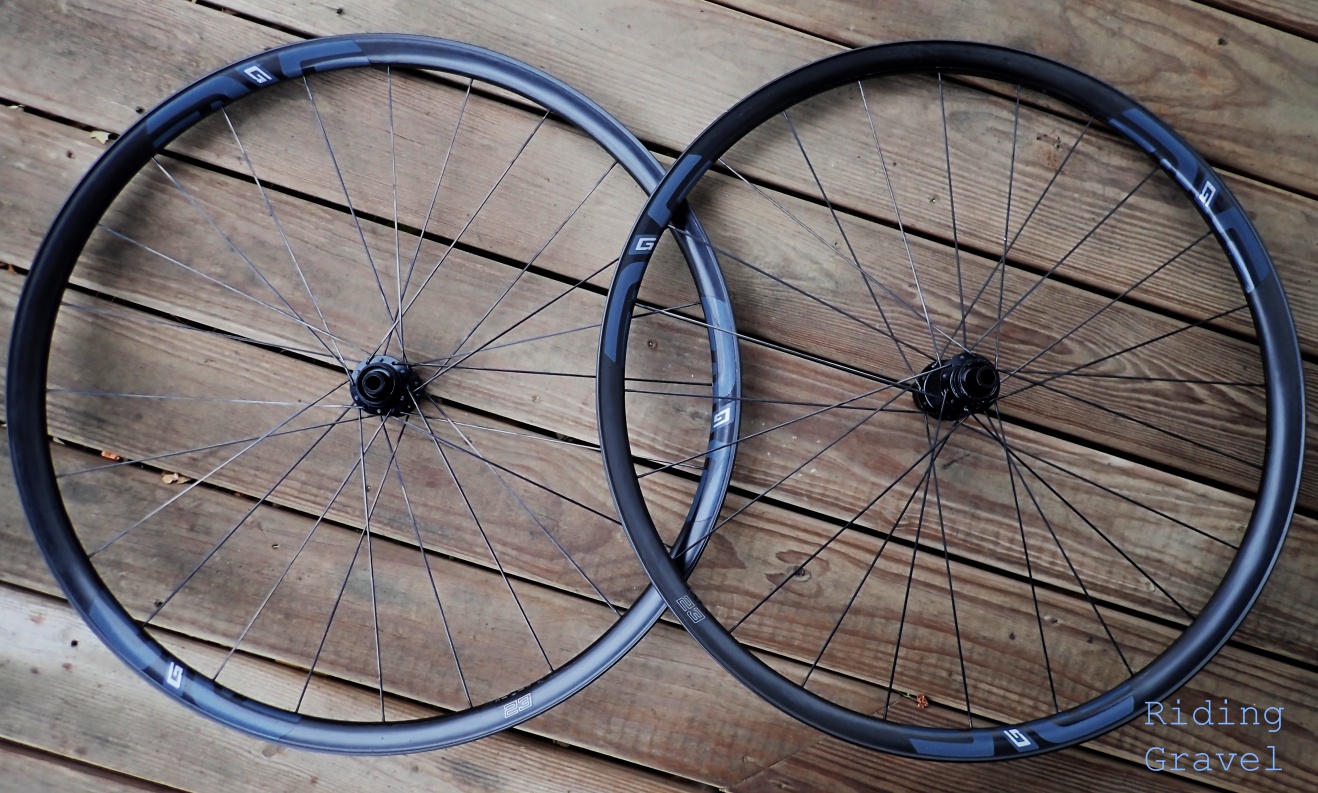

1 thought on “The 650B Test: Checkpoint”